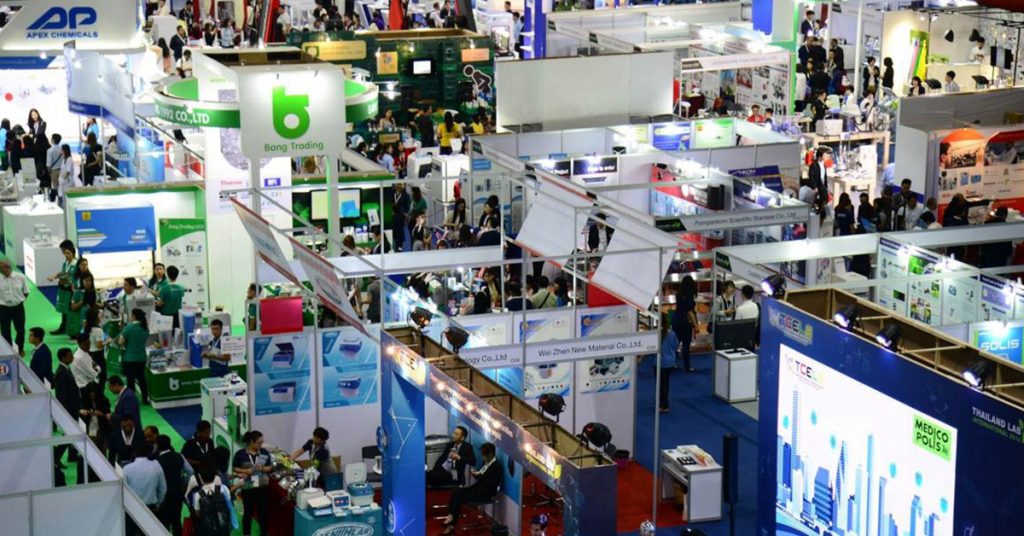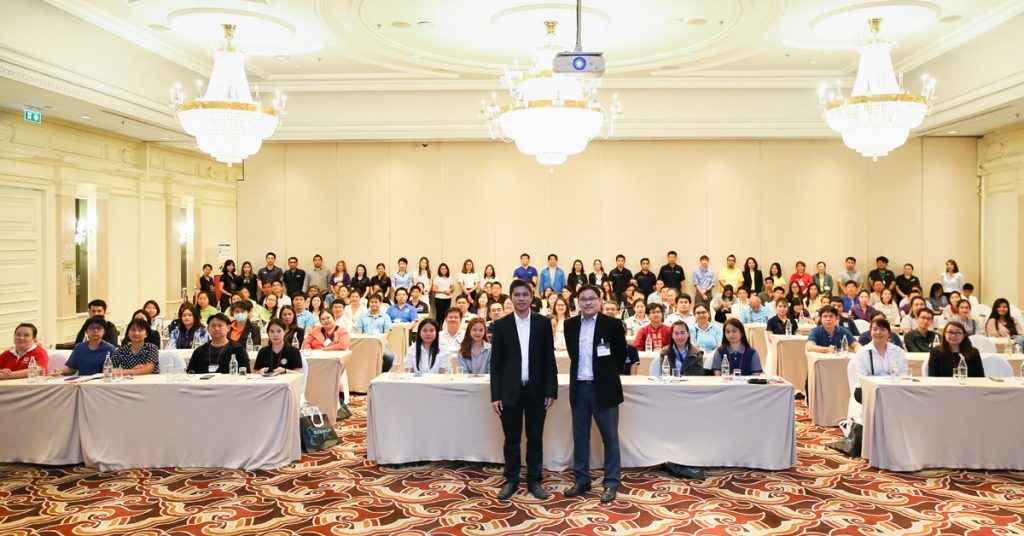
Category: What’s In
Top 5 Trends Beyond the Nutraceutical Industry in 2019
Instant Noodles gets an Ethnic Twist
Keep Food Safe by Spoiler Alert!
Thermal Processing of Food by Sous-vide Technique
Vitamins and Minerals to Boost Your Metabolism and Promote Weight Loss
Emspray® KA 2 – a multifunctional starch

กลุ่มเอ็มส์แลนด์เปิดตัวผลิตภัณฑ์ใหม่ ชื่อว่า Emspray® KA 2 เป็นผลิตภัณฑ์สตาร์ชที่สามารถละลายได้ในน้ำเย็น ซึ่งสามารถใช้กับสารละลายที่มีความเข้มข้นสูงได้ ด้วยคุณสมบัติที่สามารถละลายในน้ำเย็นได้ ให้ความหนืดที่ต่ำ ความสามารถในการเกิดฟิล์ม และมีความเหนียวคล้ายกาว จึงทำให้สามารถนำมาประยุกต์ใช้ได้หลากหลายในผลิตภัณฑ์อาหาร
คุณสมบัติหลักของ Emspray® KA 2 มีความเหมาะสมกับผลิตภัณฑ์ขนมหวาน และสามารถประยุกต์ใช้ได้ในผลิตภัณฑ์อาหารอื่นๆ เช่น ผลิตภัณฑ์หมากฝรั่ง ผลิตภัณฑ์ซีเรียลบาร์ ผลิตภัณฑ์ที่เกี่ยวกับการเคลือบผิว ผลิตภัณฑ์ไส้ขนม ผลิตภัณฑ์ขนมหวานแบบขึ้นรูป นอกเหนือจากนั้นแล้ว Emspray® KA 2 ยังมีคุณสมบัติที่ดีเยี่ยมในการเกิดฟิล์ม ซึ่งทำให้เหมาะกับการใช้เป็นฟิล์มเคลือบในผลิตภัณฑ์เบเกอรี่
The Emsland Group product portfolio has been broadened once again with spray-dried Emspray® KA 2 starch. Emspray® KA 2 is a cold soluble starch which can be used in very high concentrations. Based on its characteristics (low viscosity, cold water soluble, film forming, and tackiness) it can be used in a wide range of applications for various reasons.
Main application field are confectionery products, but also other applications are tested and looking promising. Emspray® KA 2 is a multifunctional starch for chews, cereal bars, coatings, filling agent, and extruded confectionery. Among other things, this very stable modified starch displays excellent film-formation properties, which makes it particularly well suited for use in glazes for baked goods.








